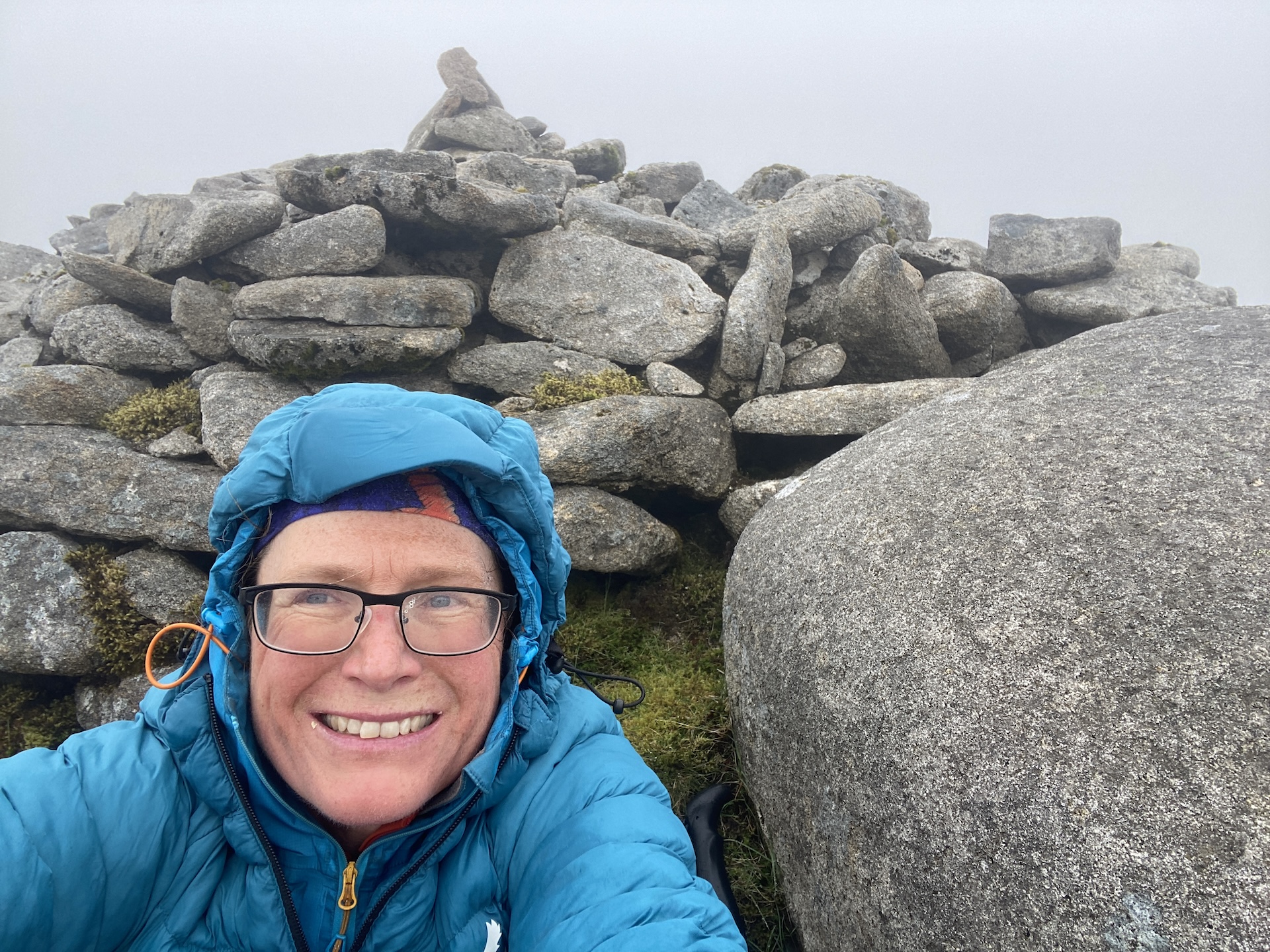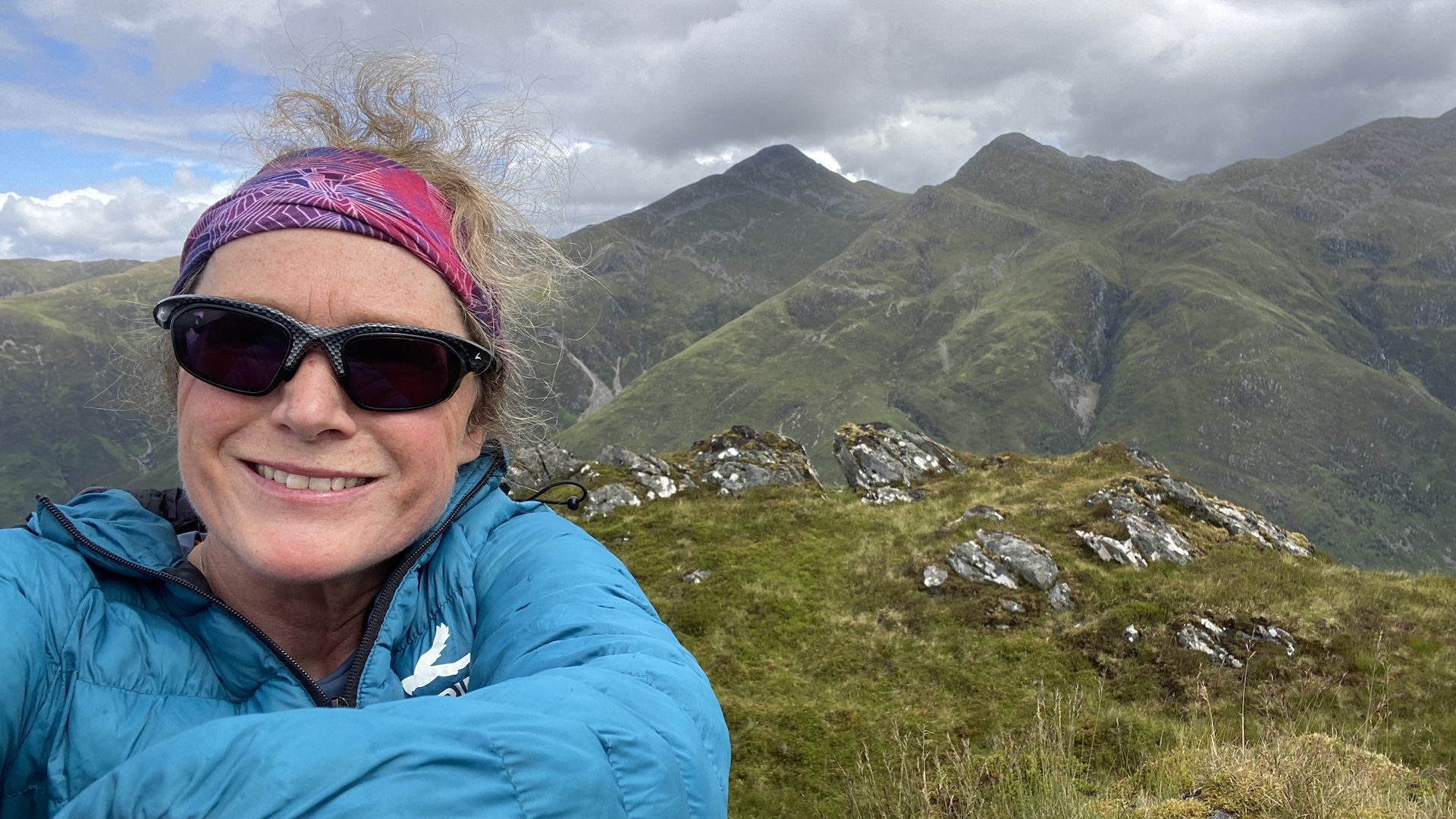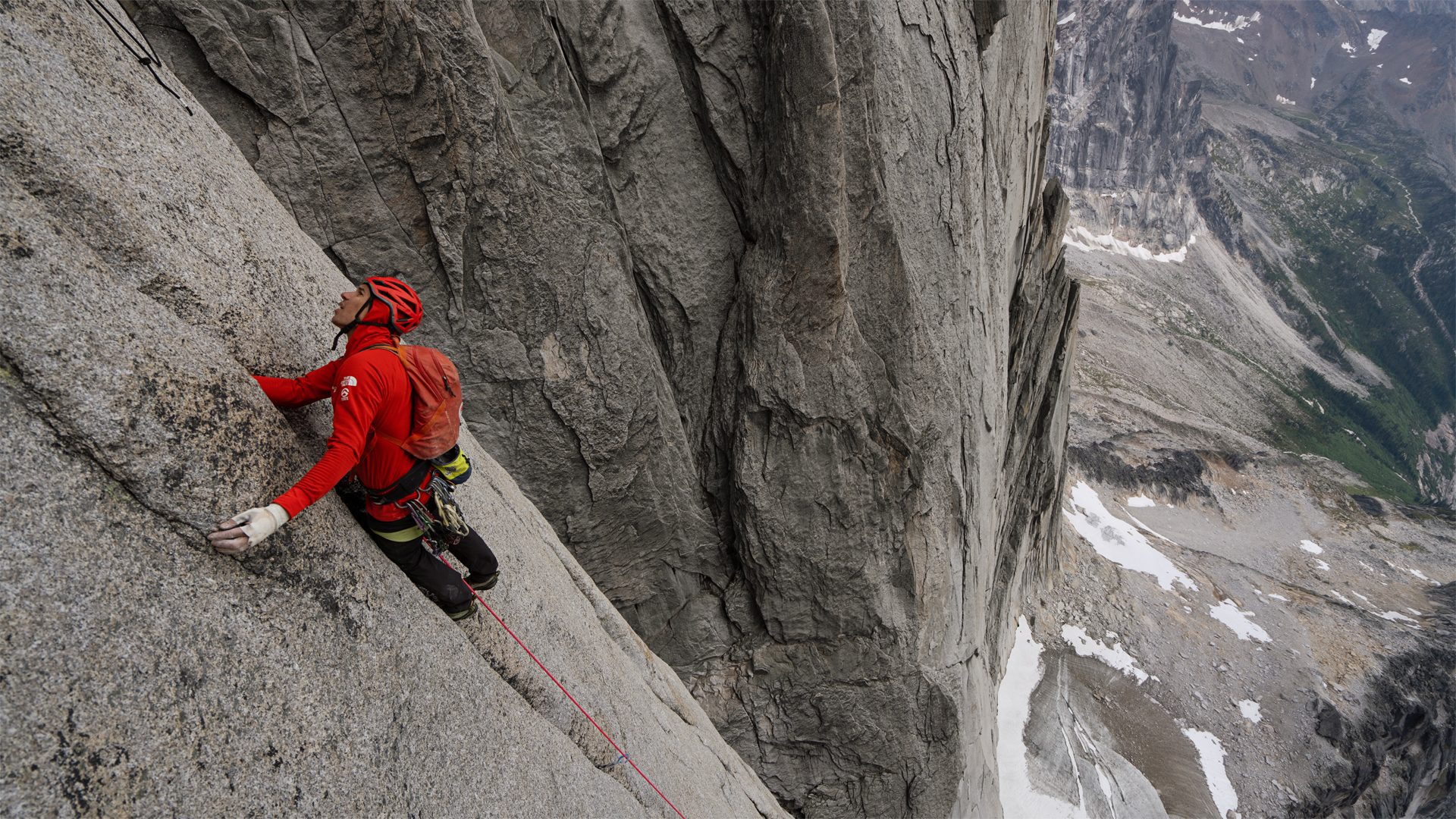13 things I wish I'd known before hiking my first solo mountain
Walking in the mountains on your own is hugely uplifting, writes Fiona Russell, but it takes knowledge, experience and a bit of courage and to stay safe

For almost two decades, I’ve enjoyed regular hikes in the hills and mountains. My favourite country is Scotland, where we have an amazing freedom of access and many opportunities to walk off the beaten track. While I very much like hiking with friends, I have also learned the joys of solo adventures. But it took me a long time to believe I was capable of hiking solo in the mountains. Here are 13 of the things I wish I'd known before hiking my first solo mountain.
1. Don’t listen to the doubters
For many years, I didn’t believe I was capable of solo hiking. My lack of confidence came from a decidedly unhelpful former partner who called me “navigationally challenged”. He believed I was incapable of using a map and compass and preferred to lead me on hikes in the hills and mountains.
Back then, I was convinced that men were naturally better navigators and that women struggled to learn. I was also a little frightened of being out in the hills and mountains on my own and this anxiety was increased thanks to many unhelpful male-dominated remarks.
It took a relationship change and a beginners’ course in navigation skills – it was an all-female group – to stop listening to the doubters and discover that I am entirely capable of navigating.
I spent time with a new partner and friends who were all happy to discuss route finding choices as we hiked and, with time and a bit of effort, I have become a competent navigator.
In addition, spending time in the hills and mountains with other people showed me what an inclusive and friendly environment it really is. I have never felt threatened by another person in the Scotland’s great outdoors and, in fact, it has been the opposite experience.
I built up my solo hiking days from easier routes in good weather, to hiking routes that are much more challenging.
Advnture Newsletter
All the latest inspiration, tips and guides to help you plan your next Advnture!
I now know not to listen to the doubters because until they really know you and what you are capable of, they shouldn’t comment.

2. Getting lost is good for learning
I think you need to get lost to then know you can find your way again. In fact, getting lost while route finding is part of the learning experience. I have gone off track plenty of times while walking with friends – this is usually because we are chatting too much to notice we have made a mistake – and also while solo hiking. Then, there is a need to find your way back to the route and this is when you learn.
There have been a few times when I’ve got lost in mist or low cloud and this has been a bit frightening but I tell myself calmly that I know how to use a map and compass and, really, I am never that far from civilisation.
Getting lost forces you to utilise your navigational skills and teaches you how to cope with your emotions.
3. There is no shame in getting lost
This point is similar to number two, except we shouldn’t shy away from admitting we have got a bit lost at times. Any hiker who tells you they never get lost is very unlikely to be telling the truth.
I prefer to be honest and own up to my errors because it shows other people that navigational mistakes do happen and it’s how you cope and fix the issue that is important rather than worrying about what other people might think.

4. It’s essential to carry the right kit
When hiking on your own, you need to be able to look after yourself. There’s no one else to rely on and if you end up having an accident or in an emergency situation, you will need to be able to stay warm and dry and call for help.
Your essential hiking kit list should include an emergency bivvy bag, an extra warm layer and a way to communicate. Some modern phones have the ability to make satellite calls to emergency services if you do not have phone reception, or you should carry an personal emergency beacon with you.
5. Always have a Plan B
Sticking strictly to your Plan A can lead to unnecessary problems and, potentially, a disaster. I like to have a Plan B up my sleeve for my solo hike. If Plan A is a solo walk where the weather is forecast to be very wet, snowy, icy or in low cloud, I usually prefer to find an alternative.
Sometimes, a bit of mist or rain is no bad thing, especially if you are keen to practice navigation in poor conditions, but setting off for a long and challenging solo hike in bad weather is not often the best idea.
I prefer to save the epic hikes for spending time with a friend – or I will search for a Plan B and keep my solo hike shorter and in less danger-prone or remote locations.
6. But don’t totally avoid poor weather
While a Plan B is important, you should also learn how to cope if the weather suddenly changes. I have chosen hills and mountains to hike in poor weather just so I know what to expect if the weather does change on a solo hike.
Make wise choices about when and where to hike solo to experience less than brilliant weather. For example, I have hiked a route I know fairly well in low cloud. This offered a good learning experience.
I have also hiked with a friend in inclement weather conditions, so we both practice how to navigate and stay warm and dry if the weather suddenly changes while on a solo hike.
It’s important not to always avoid poor weather but to learn how to cope in unfavourable conditions.

7. A mobile phone is a good idea, but…
This is similar to point B and underlines the need to be able to get in contact with someone if something goes wrong. I always take a mobile phone with me on a solo hike, plus a power bank, in case my phone battery runs out of charge. But there are times when mobile phone reception is weak or non-existent.
Rather than speeding hours worrying about what might happen if I have an accident without any way of contacting emergency services, I now prefer to take a Personal Locator Beacon with me.
I hope I never have to use a PLB but I have friends who have fallen during a solo hike and they have been without an emergency beacon. One of them is lucky to be alive.
8. A mobile phone map app is a great idea, but…
These days many hikers rely on a phone map app for navigation. The apps are a great way to check a route and keep track on a digital map. However, the apps can fail and phones run out of charge, so I always take a map and compass for a solo hike.
9. You can trust your instincts
The more experience you have of hiking, whether solo or with others, the greater your natural instincts will become. It is vital you know how to navigate but also, the more you learn, the greater your chances of being able to trust your instincts on route finding etc.
I have learned over the years that my instincts are pretty good in the mountains.

10. Always be bothered…
This is a phrase that I learned from a hiking friend. If you are feeling cold, be bothered to look out extra layers and gloves from your rucksack. If you are hungry or thirsty, be bothered to stop for food or water.
Being bothered can make a huge difference to a solo hike both in terms of enjoyment and safety, too.
11. Always carry one more layer than you think you will need
I have learned by my own errors on this one. Take one extra warming layer and an extra pair of gloves with you even if you think the weather will be fine. There have been a few times when I have only just felt warm enough due to a lack of warm layers and another time when I forgot a glove so I had to hike with my hand in my pocket, which is rarely a good idea.
12. Gloves are essential, even in summer…
Gloves are always in my rucksack, even in spring. I have Raynaud’s Syndrome and it doesn’t take a lot for my hands to feel numb. The difference in temperature from the bottom of a mountain to the top can be huge and when you are on a solo hike you only have your own kit to rely on.
13. Celebrate your solo hikes
I used to think it a bit boastful to celebrate my solo mountain hikes on social media and among friends, but it's good to tell other people because then they might also start to believe they are capable of solo hiking, too.
I think this is especially important for female solo hikers. I am inspired by other women who hike solo and it has given me the confidence to do the same.

Fiona Russell is a widely published adventure journalist and blogger, better known as Fiona Outdoors. She is based in Scotland and is an all-round outdoors enthusiast with favorite activities including trail running, mountain walking, mountain biking, road cycling, triathlon and skiing (both downhill and backcountry). Aside from her own adventures, Fiona's biggest aim is to inspire others to enjoy getting outside and exploring, especially through her writing. She is also rarely seen without a running skort! Find out more at Fiona Outdoors.
